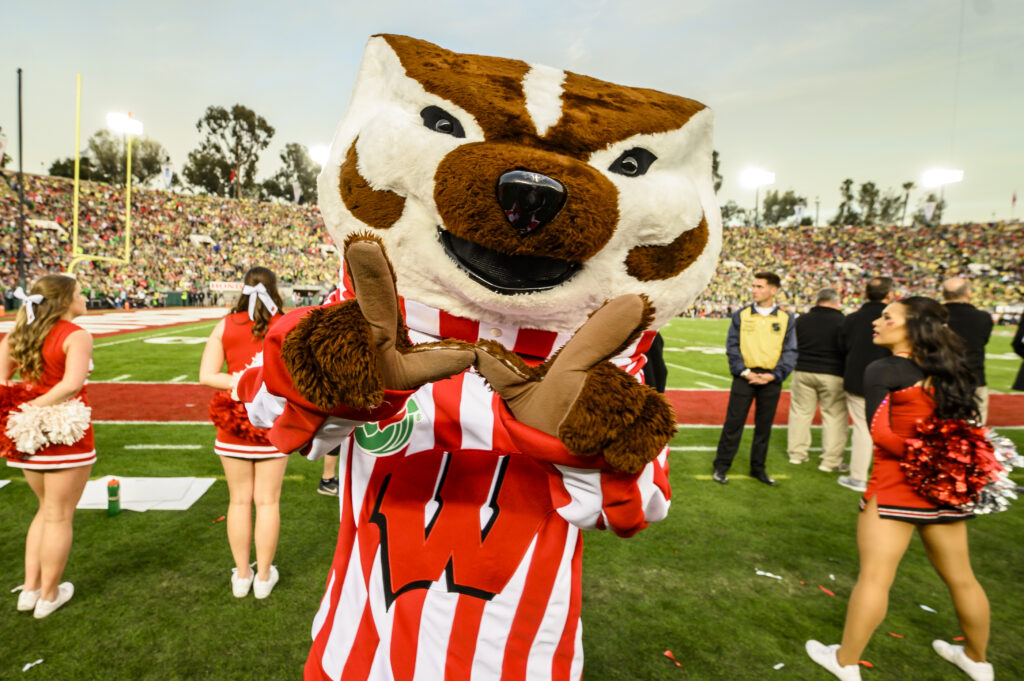By: Jack Kohr
The NCAA Tournament has always been full of surprises. However, this year, the surprise was, coincidentally, the lack of surprises. For the first time since 2008, and only the second time in the history of the NCAA Tournament, all four No. 1 seeds made it to the Final Four. This raises the question: What made the top teams this year so dominant?
The answer: The transfer portal and NIL.
The transfer portal was introduced in 2018 as a new system for NCAA athletes to declare their intent to transfer and receive contact from other programs. From 2018 to 2021, however, transfer players were required to sit out for one year after transferring before they could play for their new school.
In 2021, transfer portal rules were updated so that first-time transfer athletes were granted eligibility to play for their new school immediately. This updated eligibility requirement, in addition to the change allowing student-athletes to profit off of their name, image, and likeness, made recruiting, particularly in basketball and football, a “pay-for-play” environment.
In 2024, portal rules were updated again, removing the limit on the number of times athletes can transfer during their career without penalty. Although college athletes have essentially become quasi-professional athletes today, NIL deals in tandem with transfer portal rules that allow players to jump from school to school every year give big programs a major advantage.
In addition to all four No. 1 seeds making the Final Four, the effect of the transfer portal and NIL was visible in the Sweet Sixteen. Other than No. 10 seed Arkansas, an SEC school with a Hall-of-Fame college basketball coach in John Calipari, all teams were, at worst, a No. 6 seed.
Then, the favorites in all Sweet Sixteen and Elite Eight games proceeded to go 12-0. By giving players the ability to transfer without limitations and schools the power to lure them in with NIL money, we may have just taken the madness out of March Madness.
The NCAA tournament coined its name of March Madness because it has been a tournament where truly anything can happen. Low-seeded schools from mid-major conferences like UMBC, St. Peter’s, FAU, Loyola Chicago, and others had the chance to shock the world and put their name on the map.
Now, basketball powerhouses can poach the best players from mid-major conferences with the promise of money and the opportunity to play on the biggest stage all season long. This not only leads to mid-major schools being less competitive come tournament time, but also adds firepower to the blue bloods. Take the NCAA Tournament Champion Florida Gators, for example.
Florida’s two leading scorers all year, Walter Clayton Jr. and Alijah Martin, were transfers. And guess from where? Mid-major schools. Clayton Jr., the 2025 NCAA Tournament Most Outstanding Player, transferred from Iona. Alijah Martin helped lead the beloved cinderella No. 9 seed FAU Owls to the Final Four during his sophomore season in 2023 before transferring to the Gators prior to the 2025 season. These are two prime examples of how the transfer portal and NIL are impacting college basketball.
While we only have one year of data points, there are certainly concerns for fans who cherish the unpredictability and possibility that is March Madness. If outcomes in the coming years are similar to this year’s tournament, the NCAA may need to rethink the current rules surrounding the transfer portal and NIL.
